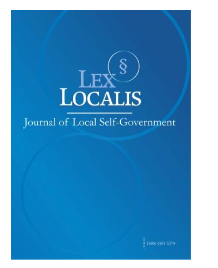BLOCKCHAIN-ENABLED SUPPLY CHAINS FOR PHARMACEUTICAL PRODUCTS: A MULTIDISCIPLINARY APPROACH TO ENGINEERING, LAW, IT, AND BUSINESS
DOI:
https://doi.org/10.52152/Keywords:
Blockchain, Pharmaceutical Supply Chain, Smart Contracts, Counterfeit Detection, ComplianceAbstract
Counterfeit product, compliance to regulation and traceability of products remains a major challenge in the global pharmaceutical industry in their supply lines. This paper examines the feasibility of the blockchain-enacted pharmaceutical supply chains, covering the input of engineering, law, information technology and business. A multidimensional and multidisciplinary experimental framework was created to test blockchain's impact on supply chain processes using four algorithms: Proof of Authority (PoA), Practical Byzantine Fault Tolerance (PBFT), Smart Contract Verification Algorithm (SCVA), and Drug Traceability Hashing Algorithm (DTHA). The testing focused on accuracy, counterfeit detection rate, latency, and compliance impact. The blockchain-enabled model performed well, achieving 98% accuracy, 98.5% counterfeit detection, 1.2 seconds latency, and 97% regulatory compliance, compared to conventional chains and provide better outcomes than the benchmarks from related work. From the comparative assessment, it can be concluded that blockchain provides immutable traceability, timely compliance, and better trust for consumers, where IoT was presented for cold-chain tracking. A legal and compliance perspective indicated the role smart contracts could play in cross-border compliance, while a business perspective explained lowering the cost of operations while increasing traceability. Overall, the findings of this study indicate that blockchain-enabled pharmaceutical supply chains, when fully designed, may provide a robust, scalable, and secure way to protect product integrity and support global health systems.
Downloads
Published
Issue
Section
License
Copyright (c) 2025 Lex localis - Journal of Local Self-Government

This work is licensed under a Creative Commons Attribution-NonCommercial-NoDerivatives 4.0 International License.







